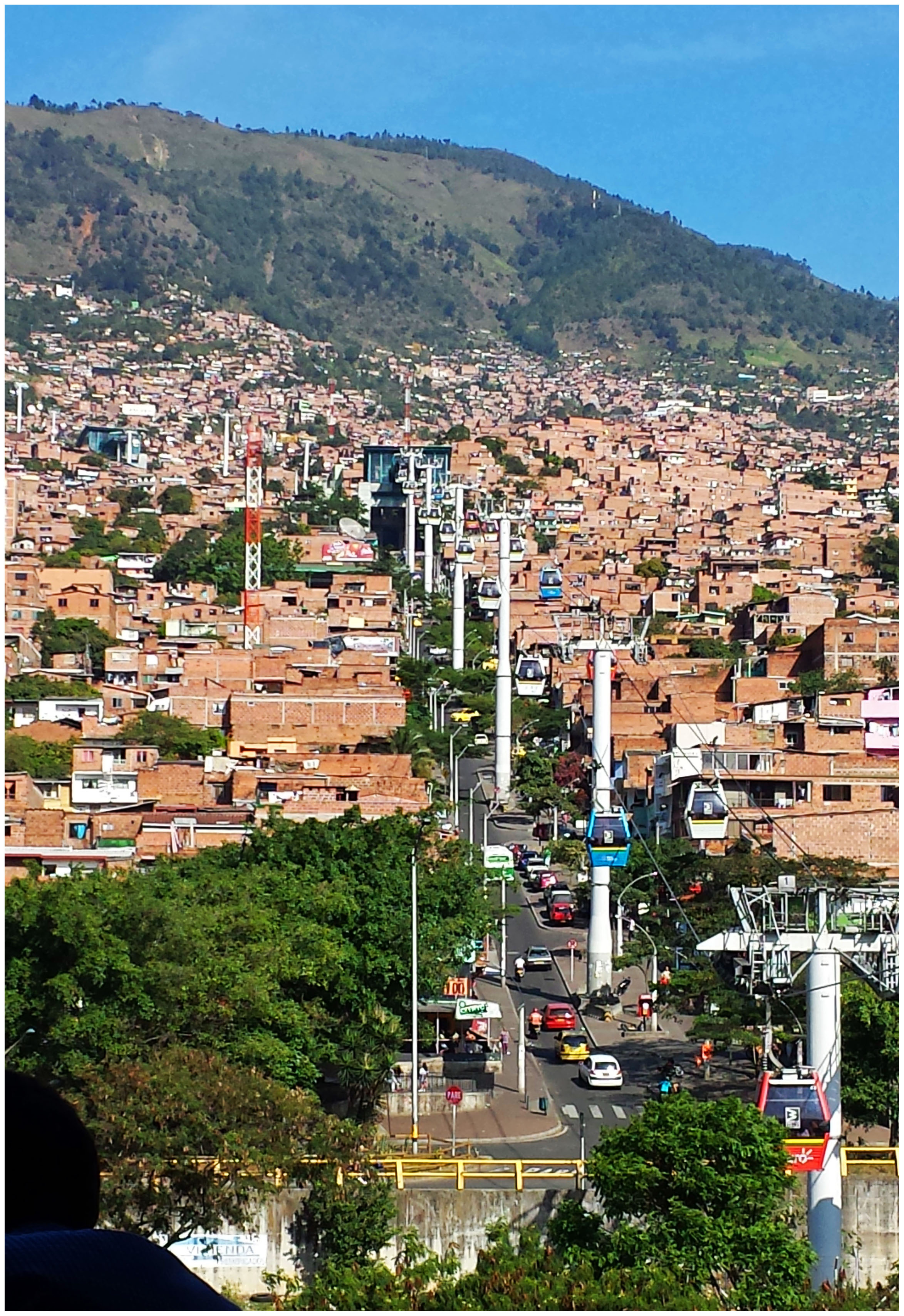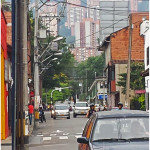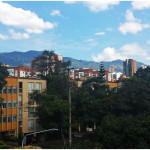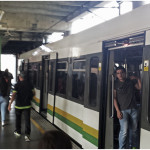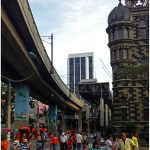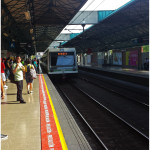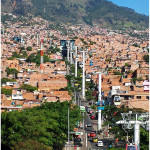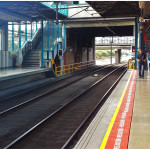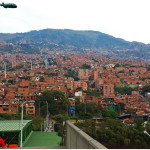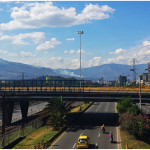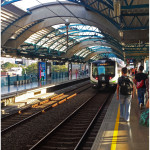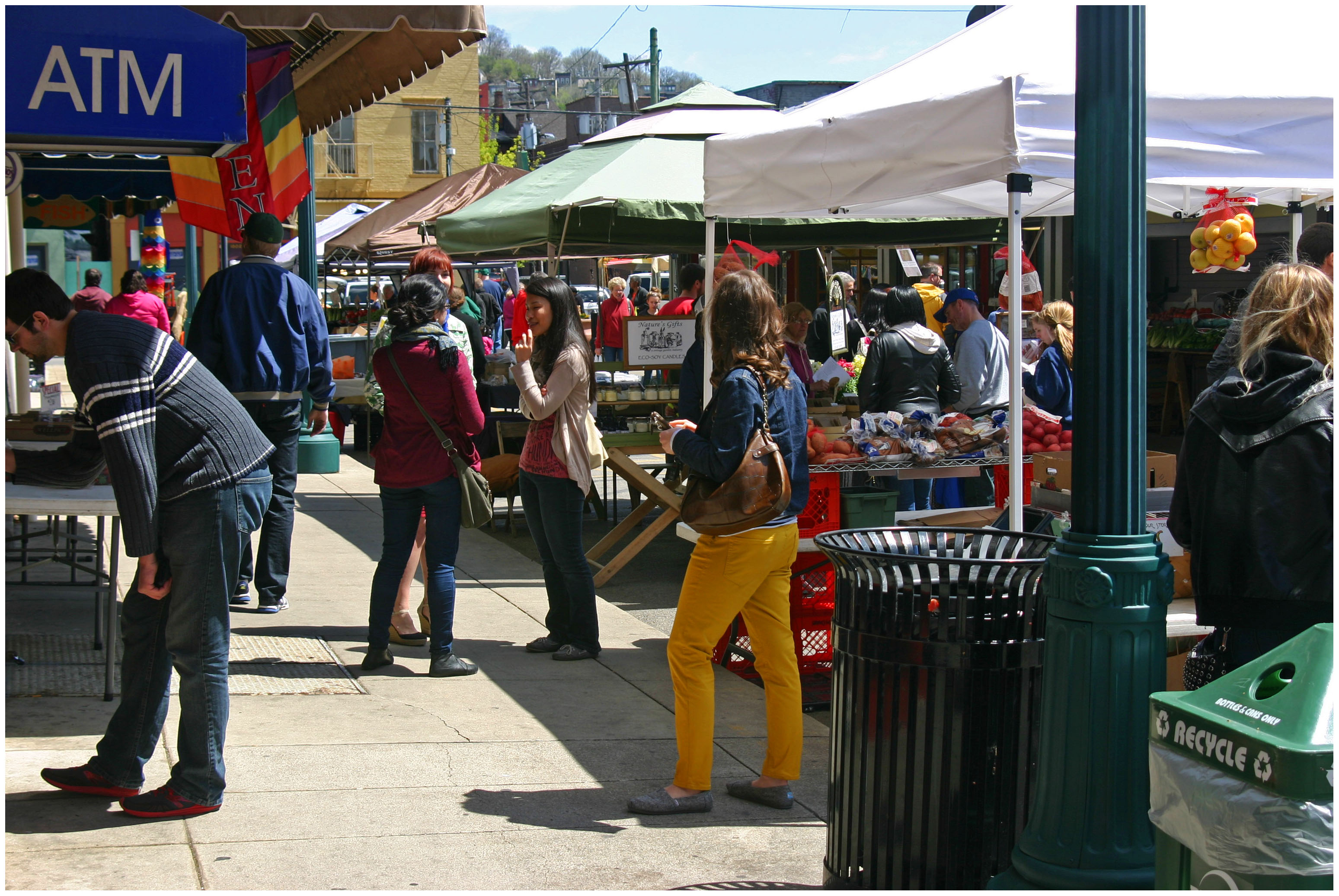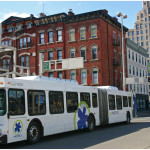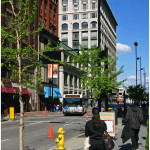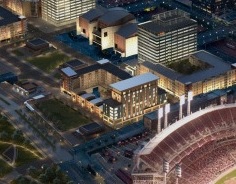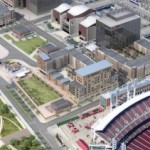Cincinnati City Council made the well-intentioned decision to prohibit advertising within the public right-of-way. The idea was to rid the city of what some perceived as unsightly bus bench advertisements and invasive and heavily lit billboards.
As is often the case with new regulation, it has created unintended consequences including the inability for Metro to collect advertising revenue from their bus shelters and stymieing the ability for Cincy Bike Share to properly advertise on its planned system in order to pay for its annual operating expenses.
As a result, the City of Cincinnati should toss out the ordinance approved last January and replace it with a new comprehensive Urban Advertising Program that protects residents from unsightly additions in their neighborhoods, while also preserving the flexibility for the city and its various agencies to collect revenues that reduce the burden placed upon taxpayers.

Public Right-of-Way Advertising Lease
Under UrbanCincy’s proposed plan, the City of Cincinnati would lease their advertising assets. These assets would include a predetermined set of advertising locations (bus benches and shelters, newspaper stands, bike share kiosks, car share and taxi cab stands, and intercity bus stops).
The lease with the private company that would manage the system would then include a small upfront payment for the rights to the assets and annual payments to an authority that would oversee the program.
Such agreements are commonplace in many other North American cities and are often undertaken by companies like JCDecaux, Clear Channel and Lamar.
Program Membership & Representation
In this proposed arrangement the City of Cincinnati would be one entity, albeit the primary one, in the overall program since they control the right-of-way. The Southwest Ohio Regional Transit Authority (SORTA) would also be involved so that they could have representation for their Metro bus and streetcar systems. Cincy Bike Share would then be a third organization that would need to be represented, along with a representative for private taxi cab, car share and intercity bus companies.
The City’s established Community Councils should also have representation on the board, and potentially even share directly in the revenues generated by the program outside of those funds paid to the City of Cincinnati.
The share of the annual revenue payments, of course, would not include any of the private companies operating within the public right-of-way, such as Megabus or Zipcar, but their representation on the board would ensure that their interests are in fact considered in the oversight of the program.
Essentially their lack of collecting annual revenue payments would serve as their annual payment to advertise their particular operations within the public right-of-way without needing to go through the private company managing the assets. This allows those companies to advertise for their services in the public right-of-way, which is currently prohibited.
The members appointed by these various agencies and companies would then become the decision making board governing the new program. This board would also be responsible for contracting out the management of the program.

Economies of Scale
Bringing all of these various entities under one roof, with one unified leasing strategy, will increase the value of public right-of-way advertising. Businesses could work with their advertising representatives to ensure the exact market saturation, exposure and risk aversion as is desired. They would have one contact point that could manage their advertisement campaign in a comprehensive, city-wide manner.
This would also mean that the various government agencies and private companies operating in the public right-of-way involved would not need to have their own full-time staff equivalent to manage their own individual advertising program. Instead, they would collectively decide upfront on an initial value assessment of their various assets, and an ongoing value share agreement based on the contracted annual payments.
Standard Guidelines
The appointed board would be able to determine what kind of content to allow to be advertised. This would need to be a decision made up-front and in conjunction with the private operator so that there is no confusion later. But this would, in theory, allow advertising to return but in a regulated marketplace, thus preserving neighborhood character and integrity.
This is not something that can be accomplished without a separate operator involved, since the City and other public entities are not allowed to decide who and who cannot advertise.
Right now none of these entities are able to take advantage of the potential advertising revenues that would otherwise be available. And if they were, the total profits from the system would be severely diluted due to the fractured and duplicative management and oversight needed.
This Urban Advertising Program would solve those problems by allowing for the capture of an unrealized revenue stream in a well-regulated manner that would protect the integrity of our neighborhoods.
But perhaps even better is that the program is scalable and could include other cities like Norwood, Covington and Newport to opt in should they so choose. All that would change is the representation on the board and the share of the annual revenue payments.
Advertising is part of everyday life. By prohibiting our local governments and public agencies from benefiting from the revenues that come with it, we are only tying their hands and placing an even greater burden on taxpayers. There is certainly a balance to be struck, but UrbanCincy is confident that the representatives that would make up this board would be more than capable at striking that right balance.
This is the third part in a series of proposals offered by UrbanCincy that would help grow city revenues, enhance public services and make for a more efficient local government. If you are interested, you can read our proposal for shifting to a Pay As You Throw trash collection system and our eight-point plan for fixing the city’s broken parking system.
